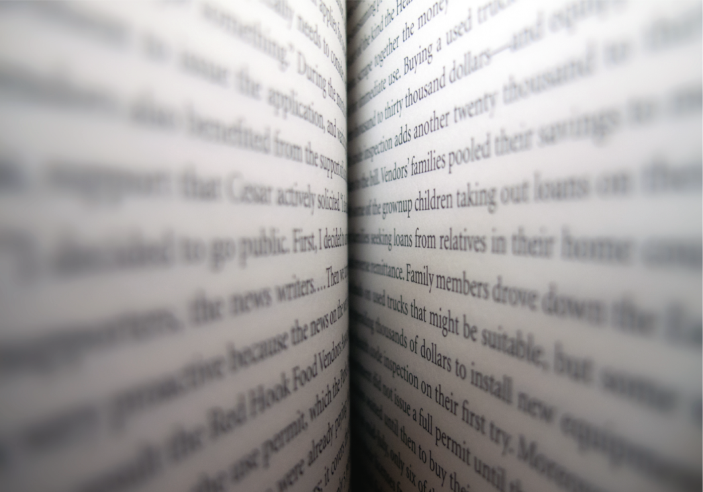Plagiarism is never acceptable, but when is it appropriate for scholars to reuse their own words in published papers?
Plagiarism has long been recognized as a form of scholarly misconduct. Charges of intellectual misappropriation were being made 2,000 years ago1 and, more recently, accusations of plagiarism formed part of the criticism that led to the resignation of Claudine Gay, then President of Harvard University2. In its simplest form, plagiarism consists of copying text written by another person and presenting it as one’s own work without acknowledging the original author.

Credit: Busà Photography/Moment/Getty
It is widely accepted that plagiarizing the work of others without attribution is unethical in scientific publishing. However, there is less consensus when it comes to the related concept of text recycling, sometimes called self-plagiarism3. Text recycling refers to the reuse (copying) of one’s own previous writing in the production of a new piece of work.
Is recycling one’s own text a problem? Some researchers have argued that there is nothing wrong with reusing one’s own words as long as the aim is not to mislead. It has even been argued that it could be more misleading not to reuse text in some cases, such as when several papers describe the same experiment: “A reader encountering identical text will not be misled into believing that additional ingredients were added to the research, that the matter discussed in different papers changed from one article to the other, that it was improved or reassessed”4.
In scientific writing, one common form of text recycling is the reuse of text from methods sections. It is very common that the methodology used in a given study is similar or identical to the methods used in previous work from the same author or authors. In these cases, we consider reuse of text to be appropriate or even desirable to ensure clarity and consistency. However, it is always important to cite the paper in which the method was originally described (and from which the text is reused), so that readers are not misled about the originality of the method (as described in our policies).
However, text recycling is not always limited to methods sections, and elsewhere it is far less desirable or justified. As editors, we sometimes encounter papers in which considerable parts of the introduction, results or discussion sections are copied word-for-word from previous publications by the same author or authors.
Readers and editors have an expectation of originality in those sections. Except for small portions of text, we ask authors to produce original text but note whether any of the ideas presented in the current work were introduced in their previous work.
In addition to ethical concerns, anyone tempted to reuse previous text in the introduction and discussion sections of a paper should also consider that this is unlikely to make for a strong piece of work. The introduction and discussion should be tailored to the specific research question and results that are presented in a given work. The introduction should describe the background and motivation of your current project, and the discussion should reflect on its implications and limitations. Although set phrases may be appropriately recycled in results sections, recycling longer stretches of text is problematic.
Text recycling can be appropriate when it is done ethically, transparently and legally (so that it does not infringe copyright). The Text Recycling Research Project provides valuable guidance and resources on how to ensure that you reuse your own material appropriately.
From the journal’s perspective, we encourage reuse of methodological information from your previous work, as long as you cite the original paper in which you introduced the method (and the reuse complies with copyright law). However, reusing ‘boilerplate’ stretches of text outside of the methods section is not only problematic, but is also likely to obscure the specific point that you are trying to make in a paper and to reduce its accessibility and impact. If you find yourself always writing the same paragraph in all of your papers, it is worth considering whether that paragraph actually needs to be in any of them.
References
-
Olcott, M. J. Copyr. Soc. USA 49, 1047 (2001).
-
Bonate, P. L. J. Pharmacokinet. Pharmacodyn. 51, 1–4 (2024).
Google Scholar
-
Bretag, T. & Mahmud, S. J. Acad. Ethics 7, 193–205 (2009).
Google Scholar
-
Andreescu, L. Sci. Eng. Ethics 19, 775–797 (2013).
Google Scholar
Rights and permissions
Reprints and permissions
About this article
Cite this article
When it is and isn’t OK to recycle text in scientific papers.
Nat Hum Behav 8, 401 (2024). https://doi.org/10.1038/s41562-024-01862-3
-
Published: 25 March 2024
-
Issue Date: March 2024
-
DOI: https://doi.org/10.1038/s41562-024-01862-3
